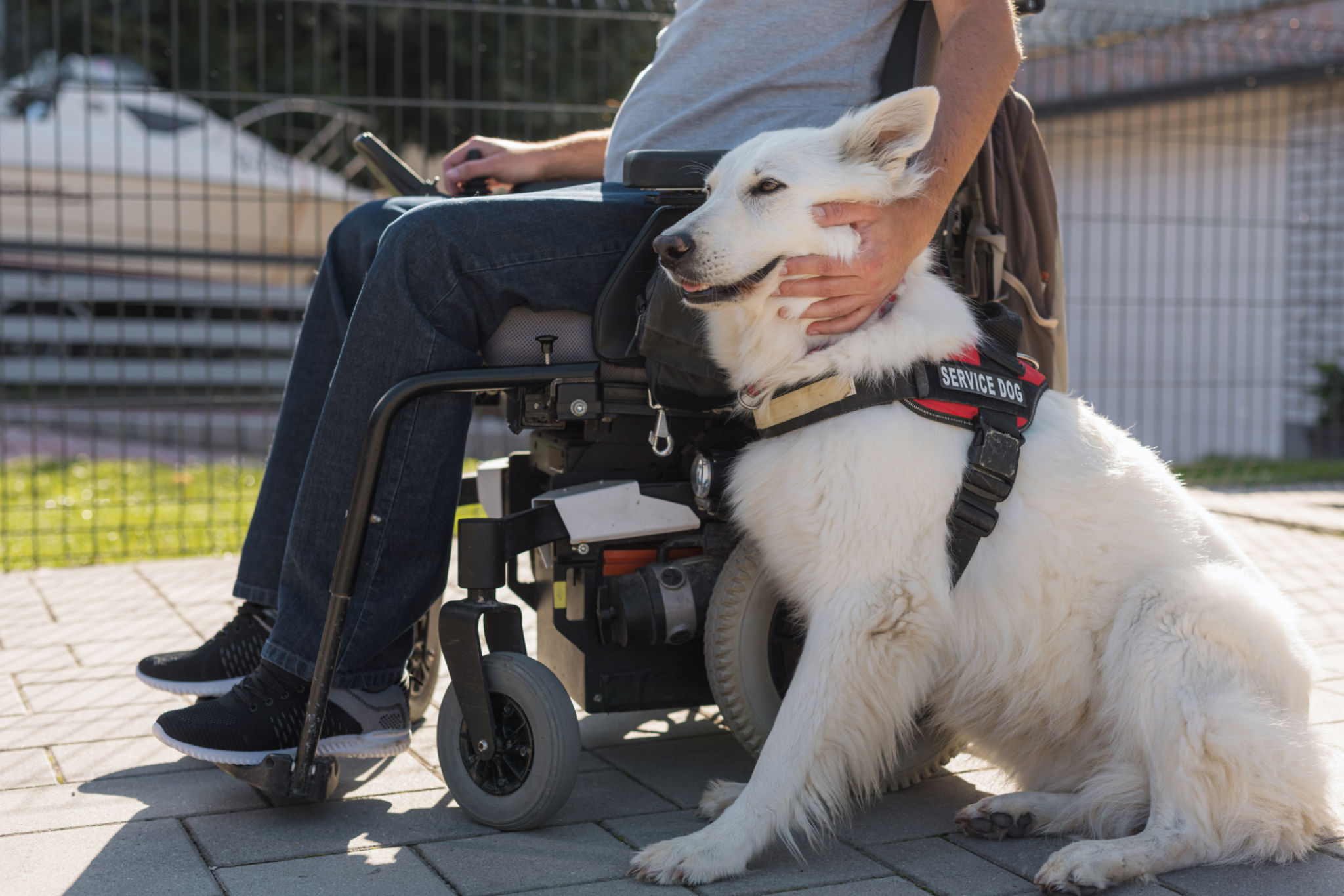Comparing Emotional Support Animals and Psychiatric Service Dogs: Which is Right for You?
Understanding Emotional Support Animals (ESAs)
Emotional Support Animals (ESAs) have become increasingly popular in recent years as a form of therapeutic support for individuals with mental health conditions. Unlike service animals, ESAs do not require specialized training to perform specific tasks. Instead, their primary role is to provide comfort and companionship to their owners. This emotional bond can help alleviate symptoms of anxiety, depression, and other mental health issues.
ESAs are recognized under the Fair Housing Act, which means they are allowed to live with their owners in housing units that typically prohibit pets. However, it's important to note that ESAs do not have the same public access rights as service animals, meaning they are not permitted in places like restaurants or stores.

The Role of Psychiatric Service Dogs
Psychiatric Service Dogs (PSDs) are specifically trained to assist individuals with psychiatric disabilities. These highly skilled canines perform tasks that directly mitigate the effects of the person's disability. For example, a PSD might be trained to remind the owner to take medication, interrupt harmful behaviors, or provide grounding during anxiety attacks.
Under the Americans with Disabilities Act (ADA), PSDs are granted full public access rights, meaning they can accompany their owner into any public space. This can be especially beneficial for individuals who require constant assistance in managing their condition.
Key Differences Between ESAs and PSDs
While both ESAs and PSDs offer invaluable support, there are key differences between the two. One of the primary distinctions is the level of training required. PSDs must undergo rigorous training to perform specific tasks related to their owner's disability. In contrast, ESAs do not need any formal training.
Moreover, the legal rights afforded to each type of animal differ significantly. While ESAs have some housing protections, only PSDs have full public access rights under federal law. This distinction is crucial when considering which type of support animal is most suitable for your needs.

Which Option is Right for You?
Deciding between an ESA and a PSD depends largely on your individual needs and circumstances. If you require an animal primarily for companionship to help with emotional well-being, an ESA might be the right choice. However, if you need an animal to perform specific tasks that aid in managing a psychiatric condition, a PSD would be more appropriate.
Consider your daily life and the challenges you face. If having a trained service dog can significantly improve your quality of life by assisting with specific tasks, pursuing a PSD might be worth the investment. Remember that obtaining a PSD typically involves a longer process due to the need for specialized training.
Steps to Acquiring Your Support Animal
If you decide that an ESA is suitable for you, the process involves obtaining a letter from a licensed mental health professional stating your need for an emotional support animal. This letter is required for your ESA to be recognized under housing laws.
For a PSD, the process is more complex as it involves finding a reputable trainer or organization that specializes in training psychiatric service dogs. It’s essential to ensure the dog is trained to meet your specific needs and that you are prepared for the responsibilities that come with owning a service animal.

Conclusion
Both Emotional Support Animals and Psychiatric Service Dogs offer unique benefits and can significantly enhance the well-being of individuals with mental health conditions. By understanding the differences and considering your personal needs, you can make an informed decision about which type of support animal is best suited for you.
Ultimately, whether you choose an ESA or a PSD, the companionship and assistance they provide can be life-changing. Take time to assess your needs carefully and seek guidance from mental health professionals to ensure you choose the right path for enhanced mental health support.